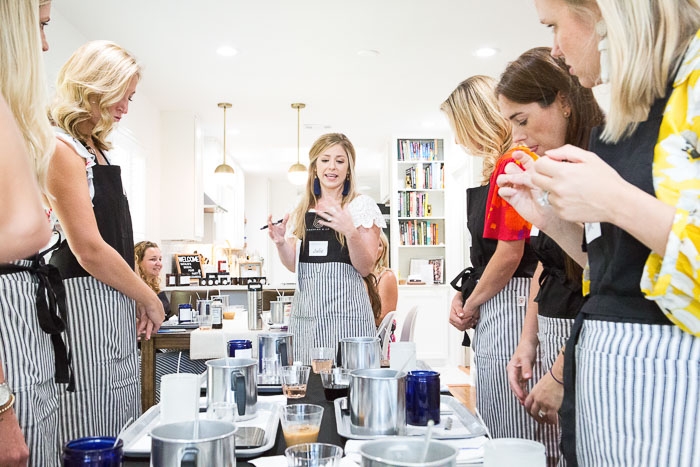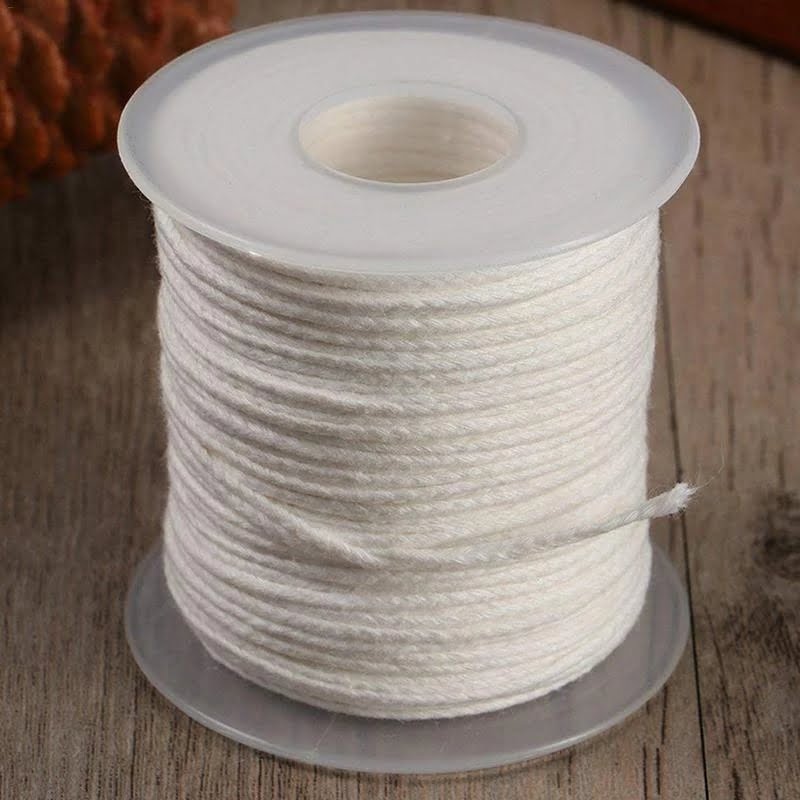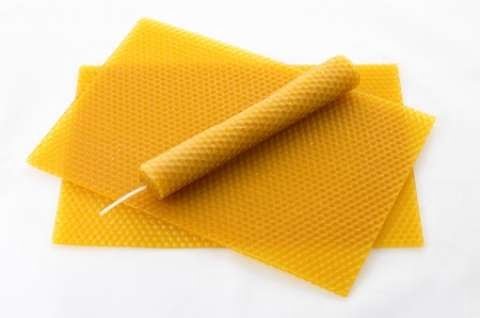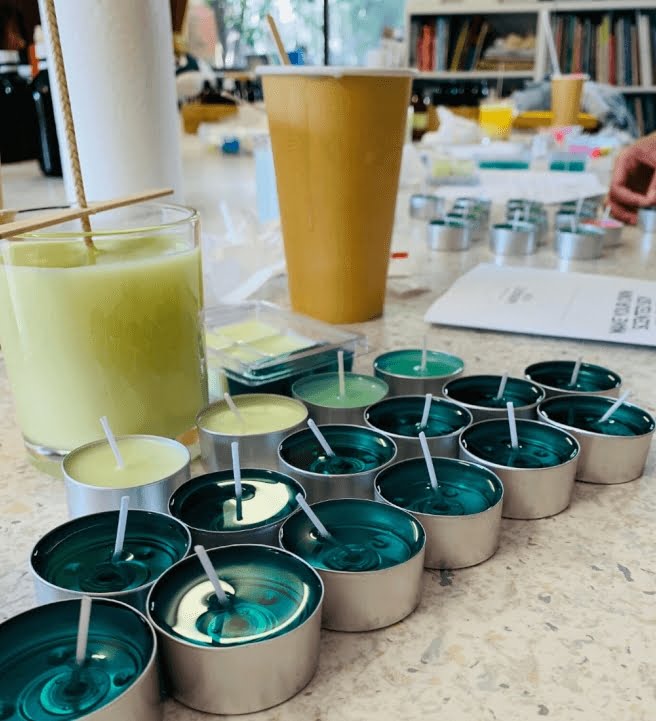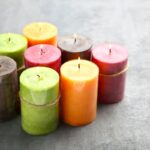Have you ever wanted to create your own unique, beautifully scented candles? Candle making can be a rewarding and enjoyable hobby that allows you to express your creativity while also producing something practical. In this article, we will explore the essentials of candle making and what you need to get started on this craft.
Candle making is an art form that has been around for centuries, with a rich history of cultural significance and practical use. Today, it continues to be a popular hobby for individuals looking to personalize their living spaces or create thoughtful handmade gifts for loved ones. Whether you are a beginner or an experienced crafter, understanding the basics of candle making is essential before diving into this creative process.
To begin your candle making journey, there are several key tools and materials that you will need in order to successfully create your own candles. From wax and wicks to fragrance oils and molds, each component plays a vital role in the process of crafting high-quality candles.
Additionally, safety precautions should be taken into consideration when working with hot wax and open flames. But fear not – with the right knowledge and preparation, candle making can be a fun and fulfilling pastime.
The Basics of Candle Making
When it comes to starting your candle making journey, understanding the process is essential. Before diving into the world of candle making, it’s important to have a basic understanding of how candles are made. This knowledge will not only help you create beautiful and high-quality candles, but it will also ensure that you can enjoy the process without any mishaps along the way.
Understanding the Melting and Pouring Process
One of the fundamental processes in candle making is melting and pouring. This involves melting the wax and carefully pouring it into molds or containers to create your desired candle shape. It’s crucial to have a good grasp of this process, as different types of wax require specific temperatures for melting and pouring.
Adding Fragrance and Color
Another aspect of candle making is adding fragrance and color to your candles. Understanding how much fragrance oil to add to your wax, as well as incorporating color dyes effectively, can make a significant difference in the quality and appeal of your candles. It’s important to strike a balance between adding enough fragrance for a pleasing aroma without overpowering it.
Cooling and Finishing
Once you’ve poured your melted wax into the molds or containers, allowing sufficient time for cooling and setting is vital. Understanding this part of the process ensures that your candles solidify correctly and avoid any imperfections. Additionally, knowing how to properly finish your candles by trimming wicks and cleaning up any excess wax will result in professional-looking products ready for use or sale.
So, whether you plan on making lovely scented candles for personal use or hoping to turn it into a profitable business venture, understanding these basic steps in candle making is crucial for success. Learning about each step in detail will provide you with a strong foundation for creating beautiful, high-quality candles that everyone will love.
Essential Tools and Equipment for Candle Making
Candle making is a rewarding and creative hobby that allows you to create beautifully scented and visually appealing candles. To get started with this craft, you will need to have the essential tools and equipment for candle making.
One of the most important tools you will need is a double boiler or a dedicated wax melting pot. This is used to melt the wax safely and evenly without direct heat. Additionally, you will need a thermometer to monitor the temperature of the wax, as different types of wax require specific melting temperatures.
Another essential tool is a heat-resistant container for melting the wax and pouring it into molds. It’s also crucial to have quality molds for shaping your candles, as well as wicks that are appropriate for the type of wax you are using. Proper wick trimmers and holders are necessary for ensuring an even burn and long-lasting candles.
When it comes to equipment, having a scale for measuring your ingredients accurately is vital for achieving consistent results. You may also want to invest in a good quality fragrance oil and dye kit to add unique scents and colors to your candles.
Here’s some tips on choosing fragrance oil:
- Opt for high-quality fragrance oils specifically formulated for candle making
- Consider the scent throw level (how well the fragrance fills a space)
- Test different fragrances before committing to larger quantities
Having these essential tools and equipment will set you up for success in your candle making journey.
| Essential Candle Making Tools | Essential Candle Making Equipment |
|---|---|
| Double boiler or wax melting pot | Scales for measuring ingredients accurately |
| Thermometer | Heat-resistant container/mold |
| Wicks with trimmers/holders | Fragrance oil and dye kit |
Different Types of Wax for Candle Making
When it comes to candle making, choosing the right type of wax is crucial to the quality and performance of your candles. There are several different types of wax available, each with its own unique characteristics and benefits.
One of the most popular waxes for candle making is soy wax. Soy wax is made from soybean oil and is known for its clean-burning properties and ability to hold fragrance well. It also has a longer burn time compared to other waxes, making it an excellent choice for homemade candles.
Another common option for candle making is paraffin wax. Paraffin wax is derived from petroleum, and it is often preferred for its ability to hold color and scent. It has a faster scent throw than soy wax, but some people prefer to avoid paraffin due to its non-renewable source.
Beeswax is another natural option for candle making. Beeswax candles are known for their natural honey-like aroma and clean burn. While beeswax can be more expensive than other waxes, it offers a unique look and feel that many candle makers appreciate.
It’s important to consider the type of wax that best suits your needs as a candle maker. Each type of wax has its own advantages and disadvantages, so take the time to explore your options before deciding what you need to start candle making.
| Type of Wax | Characteristics |
|---|---|
| Soy Wax | Clean-burning, holds fragrance well, longer burn time |
| Paraffin Wax | Holds color and scent well, faster scent throw |
| Beeswax | Natural honey-like aroma, clean burn |
The Importance of Choosing the Right Fragrance for Your Candles
Choosing the right fragrance for your candles is an essential part of the candle making process. The scent of a candle can greatly affect its overall appeal and can even evoke certain emotions or moods. When it comes to choosing the right fragrance for your candles, there are several factors to consider. Here are some essential tips on how to choose the perfect scent for your homemade candles:
- Consider the purpose: Before selecting a fragrance, consider the purpose of the candle. Are you making a relaxing spa candle, a refreshing citrus-scented candle, or a cozy vanilla-scented one? The purpose of the candle will help guide you in choosing an appropriate fragrance.
- Test different scents: It’s important to test out different fragrances before making a decision. Consider purchasing small quantities of various scents and conducting test burns to see how they perform.
- Complement your theme: If you have a specific theme or aesthetic in mind for your candles, choose a fragrance that complements it. For example, floral scents may work well with a spring-themed candle, while warm, spicy scents may be perfect for a fall-themed candle.
Ultimately, choosing the right fragrance for your candles is a personal decision that depends on your preferences and the intended use of the candle. Whether you prefer sweet and fruity scents or fresh and clean ones, selecting the perfect fragrance is an important step in creating candles that are not only visually appealing but also pleasing to the senses.
When you have determined what type of scent you want for your candles based on these considerations, it’s time to purchase high-quality fragrance oils that are specifically designed for candle making. These oils are specially formulated to disperse well in wax and provide a strong and long-lasting scent throw when the candle is burned. With careful consideration and testing, you can find the perfect fragrances that will elevate your homemade candles to new heights.
Safety Precautions and Tips for Candle Making
Importance of Safety in Candle Making
When it comes to candle making, safety should always be the top priority. Working with hot wax, sharp objects, and fragrances can pose potential risks if not handled properly. It is important to take necessary precautions to ensure a safe and enjoyable candle making experience.
Protective Gear and Workspace
Before starting your candle making process, it is essential to have the right protective gear such as gloves, goggles, and aprons to protect yourself from any potential hazards. Additionally, it is crucial to set up a dedicated workspace that is well-ventilated and free from any flammable materials. This will help minimize the risk of accidents and ensure a safe environment for candle making.
Safety Tips for Handling Hot Wax
Working with hot wax requires careful attention and proper handling. Always use a double boiler or a dedicated wax melting pot to melt your wax to prevent accidental fires. It is also advisable to keep a fire extinguisher nearby as an extra precaution. Furthermore, never leave hot wax unattended and always handle it with care using heat-resistant gloves or tools.
By following these safety precautions and tips for candle making, you can create beautiful candles in a safe and secure manner. Taking the necessary measures will not only protect you from accidents but also allow you to fully enjoy the art of candle making without any worries.
Creative Ways to Decorate and Customize Your Candles
Once you have mastered the basics of candle making and have created your first few batches of beautiful, fragrant candles, it’s time to get creative with decorating and customizing them. There are countless ways to add a personal touch to your homemade candles, making them not only a source of light and fragrance but also a unique piece of art.
One popular way to decorate candles is by using different types of wax to create intricate designs. For example, you can use colored wax to create vibrant patterns or shapes on the surface of the candle. This can be done by melting small amounts of colored wax and carefully drawing or pouring it onto the candle in the desired design. Once the wax has cooled and hardened, you will have a beautifully decorated candle that is sure to impress.
Another creative approach to customizing your candles is by adding embellishments such as dried flowers, herbs, or even glitter. You can simply adhere these items onto the surface of the candle using a specialized adhesive designed for candle making. This adds an elegant and natural touch to your candles, turning them into visually stunning pieces that are perfect for gifting or displaying in your own home.
Consider experimenting with different types of containers for your candles as well. From mason jars and vintage teacups to glass votives and ceramic pots, the possibilities are endless when it comes to choosing the perfect vessel for your candles. Not only will this add personality to your creations, but it also allows you to match the container with the theme or scent of the candle itself.
By embracing these creative ideas for decorating and customizing your candles, you can take your hobby to a whole new level and produce truly one-of-a-kind pieces that will stand out among store-bought alternatives. With some experimentation and imagination, you can turn simple homemade candles into beautiful works of art that reflect your personal style and creativity.
Tips for Selling Your Homemade Candles
Starting a candle making business can be a rewarding venture, allowing you to share your passion for creating unique and high-quality candles with others. If you’re considering turning your hobby into a business, here are some tips to help you get started:
Develop a Business Plan
One of the first things you’ll need to do when starting a candle making business is to develop a detailed business plan. This plan should outline your goals, target market, competition analysis, sales and marketing strategies, and financial projections. A well-thought-out business plan will serve as a roadmap for your candle making venture and help you stay organized as you work towards turning your hobby into a successful business.
Invest in Quality Packaging
When it comes to selling your homemade candles, packaging matters. Investing in quality packaging not only enhances the visual appeal of your products but also helps protect them during shipping and display. Consider using eco-friendly materials or reusable containers to make your candles even more attractive to environmentally conscious consumers.
Establish an Online Presence
In today’s digital age, having an online presence is essential for any business. Create a professional website or online store where customers can browse and purchase your homemade candles. Utilize social media platforms to showcase your products, engage with potential customers, and build a community around your brand. An effective online presence can significantly expand the reach of your candle making business.
By incorporating these tips into your candle making business strategy, you can take the necessary steps towards transforming your passion into a successful and profitable venture in the world of homemade candles.
Conclusion
In conclusion, candle making is a fulfilling and creative hobby that can easily turn into a lucrative business with the right skills and dedication. With the information provided in this article, you now have a better understanding of the essential tools and equipment needed for candle making, as well as the different types of wax and fragrances to consider.
It’s important to remember that safety precautions should always be a top priority when working with hot wax and open flames.
Whether you’re looking to create beautiful candles for personal use or hoping to start your own candle-making venture, it’s crucial to invest in quality materials and take the time to perfect your craft. From choosing the right fragrance to learning creative ways to decorate and customize your candles, there are endless possibilities for artistic expression within this hobby-turned-business.
With dedication, creativity, and a passion for creating unique candles, you have the potential to turn your love for candle making into a successful entrepreneurial endeavor. So gather what you need to start candle making, let your creativity soar, and embrace the art of crafting beautiful, customized candles for yourself or others to enjoy.
Frequently Asked Questions
What Do I Need to Start Making My Own Candles?
To start making your own candles, you will need wax, fragrance oils, wicks, containers, a double boiler, a thermometer, and a stirring utensil. You will also need labels and packaging materials for the finished candles.
What Equipment Do I Need to Start Making Candles?
The equipment needed to start making candles includes a double boiler to melt the wax, a thermometer to monitor the temperature, pouring pitchers or pots to pour the wax into containers, and a stirring utensil such as a wooden stick or spoon.
What Is Needed to Start a Candle Business?
Starting a candle business requires careful planning and consideration of various factors such as creating a business plan, registering your business, obtaining necessary permits and licenses, sourcing quality materials for your candles, developing a marketing strategy, and establishing sales channels such as online platforms or retail partnerships.
Additionally, it’s important to consider branding and packaging for your products to appeal to customers.

Welcome to my candle making blog! In this blog, I will be sharing my tips and tricks for making candles. I will also be sharing some of my favorite recipes.

